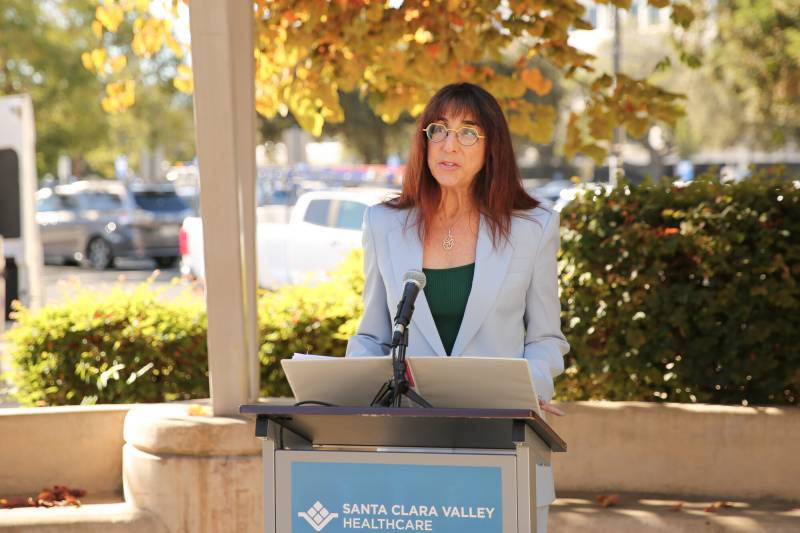Santa Clara County officials are leading the way on a new state initiative to provide Medi-Cal benefits to people incarcerated in county lockups as they prepare to reenter society, part of an effort to improve health outcomes in underserved communities.
The new program, known as the Justice-Involved Reentry Initiative, is one part of the state’s push to better streamline and integrate Medi-Cal with other social and health services across California. Through the reentry program, people in jails and youth correctional facilities can now enroll in Medi-Cal 90 days before their release.
All counties in California must implement the program by October 2025, but Santa Clara County, along with Inyo and Yuba counties, were among the first to gain approval from the state to begin the work.
During the 90-day period, county health agencies, which oversee care for incarcerated people, can work with those preparing for reentry to develop plans for uninterrupted medical care and mental health support.
“This means that gains that were made while in custody through mental health services, drug addiction treatment and support for chronic health conditions will not be lost when people leave custody,” county Board of Supervisors President Susan Ellenberg said during a news conference on Tuesday, to mark the county enrolling more than 100 people in the program.

